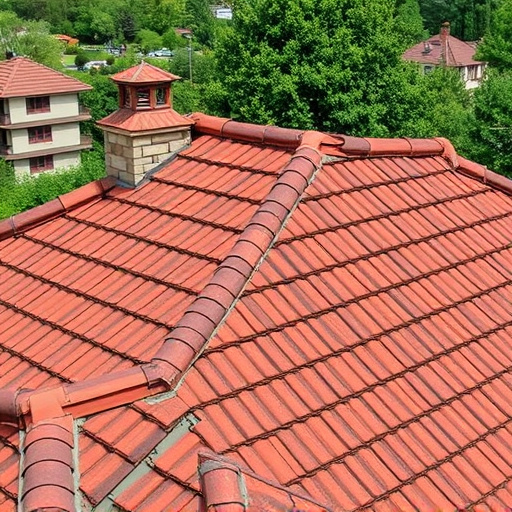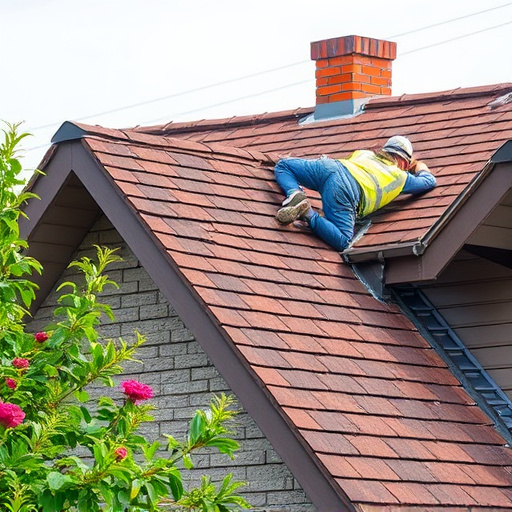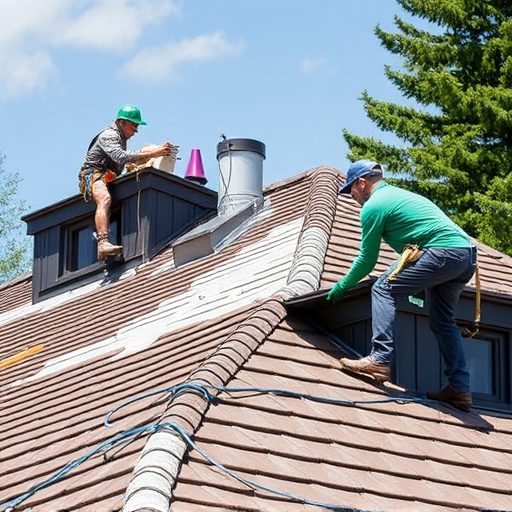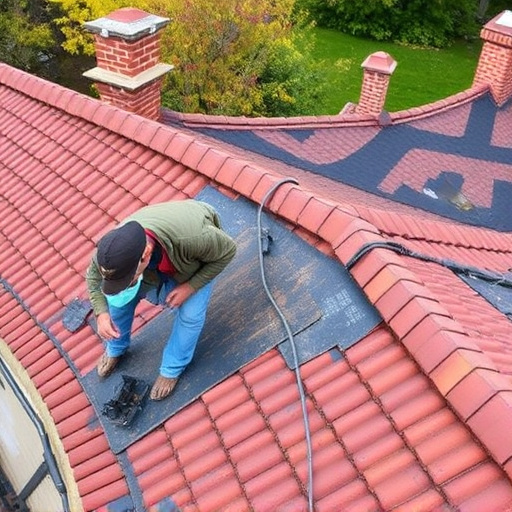Regular roof maintenance is essential for preserving your home's protection against weather elements. Annual inspections, especially post-storm, catch issues early, preventing costly siding repairs. Seasonal checks address unique challenges like water damage, rot, loose shingles, and structural weaknesses. Industry experts recommend at least two thorough inspections per year to ensure structural integrity and prevent minor problems from becoming major headaches.
Regular roof maintenance checks are essential for prolonging your home’s lifespan and preventing costly repairs. This article guides you through understanding the age and wear patterns of your roof, performing seasonal inspections in varying weather conditions, and discovering professional recommendations on inspection frequency. By adhering to these practices, you can ensure optimal roof health and maintain your home’s protective barrier year-round. Implement these strategies for comprehensive roof maintenance.
- Understanding Roof's Age and Wear Patterns
- Seasonal Checks: Rain, Snow, and Extreme Weather
- Professional Inspection Frequency Recommendations
Understanding Roof's Age and Wear Patterns
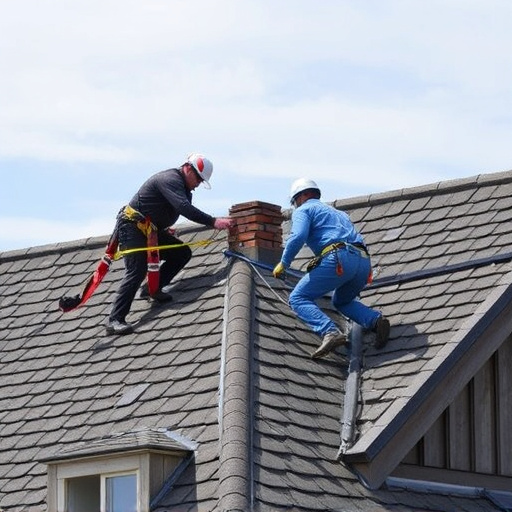
When assessing your roof’s condition during maintenance checks, understanding its age and typical wear patterns is crucial. Older roofs are more susceptible to damage from natural elements like severe weather, including heavy rain, strong winds, and extreme temperatures. Over time, shingles weaken, and areas of the roof may show signs of aging, such as curling or cracking. These issues can indicate the need for repairs or even a full roof replacement.
Regular inspections should also look out for common wear patterns like missing or damaged shingles, flashing problems, and deterioration around chimneys or vents. Home exterior services professionals recommend inspecting roofs after major storms and at least once annually to catch potential problems early. Identifying these issues promptly can prevent further damage, ensuring the longevity of your roof and saving you from costly siding repairs down the line.
Seasonal Checks: Rain, Snow, and Extreme Weather
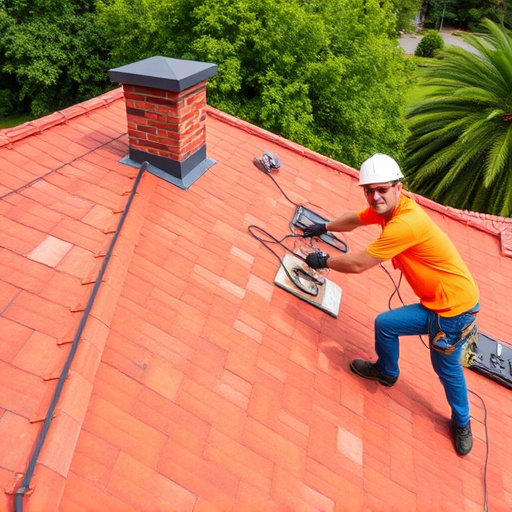
Seasonal changes bring about varying weather conditions that can impact your roof’s health. Regular checks during these times are crucial for identifying potential issues early on. In regions with significant rainfall, it’s essential to inspect your roof and siding repairs for any water damage or leaks after heavy storms. The accumulation of moisture can lead to rot, so ensuring proper drainage through siding and gutters is vital.
Winter brings snow and ice, which can weigh down roofs and cause stress at points of attachment. This season demands a thorough check for loose shingles or flashing, as well as an examination of the overall structure’s integrity. Extreme heat and cold can also contribute to roofing issues; thermal expansion and contraction can weaken seams, so regular maintenance is key to preventing more significant problems. Remember, staying proactive with these seasonal roof maintenance checks can save you from costly repairs in the long run, including those related to siding installation.
Professional Inspection Frequency Recommendations
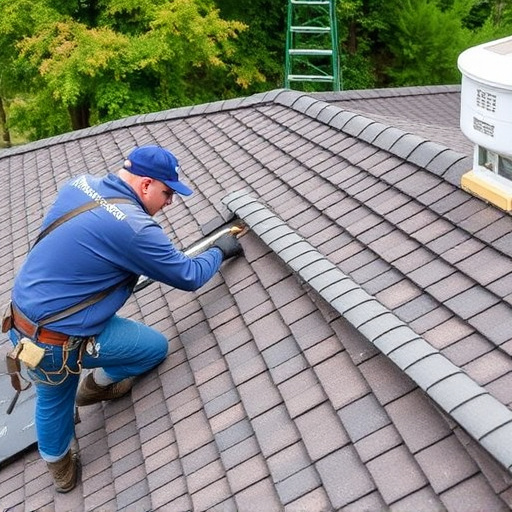
When it comes to maintaining your home’s most vital protective layer, regular roof maintenance checks are essential. According to industry professionals, it is recommended that homeowners schedule a thorough inspection of their roofs at least twice annually. This frequent assessment is crucial for catching potential issues early on, preventing costly repairs like siding repairs or even roof repair emergencies down the line.
During these inspections, roofing services experts will not only verify the overall structural integrity of your roof but also examine components such as flashing, gutters, and vents for any signs of damage or wear and tear. Proactive roof maintenance allows you to address minor problems before they morph into major, time-consuming (and expensive) headaches, ensuring your home remains sheltered and safe from the elements.
Regular roof maintenance checks are essential to protect your home’s most vital protective layer. By understanding wear patterns based on age and weather conditions, and heeding professional inspection frequency guidelines, you can ensure your roof remains in top shape. Seasonal assessments are crucial, especially after extreme weather events, while periodic professional inspections provide a comprehensive evaluation, catching potential issues early for cost-effective repairs. Incorporating these steps into your home maintenance routine will safeguard your property and preserve its most critical component.









